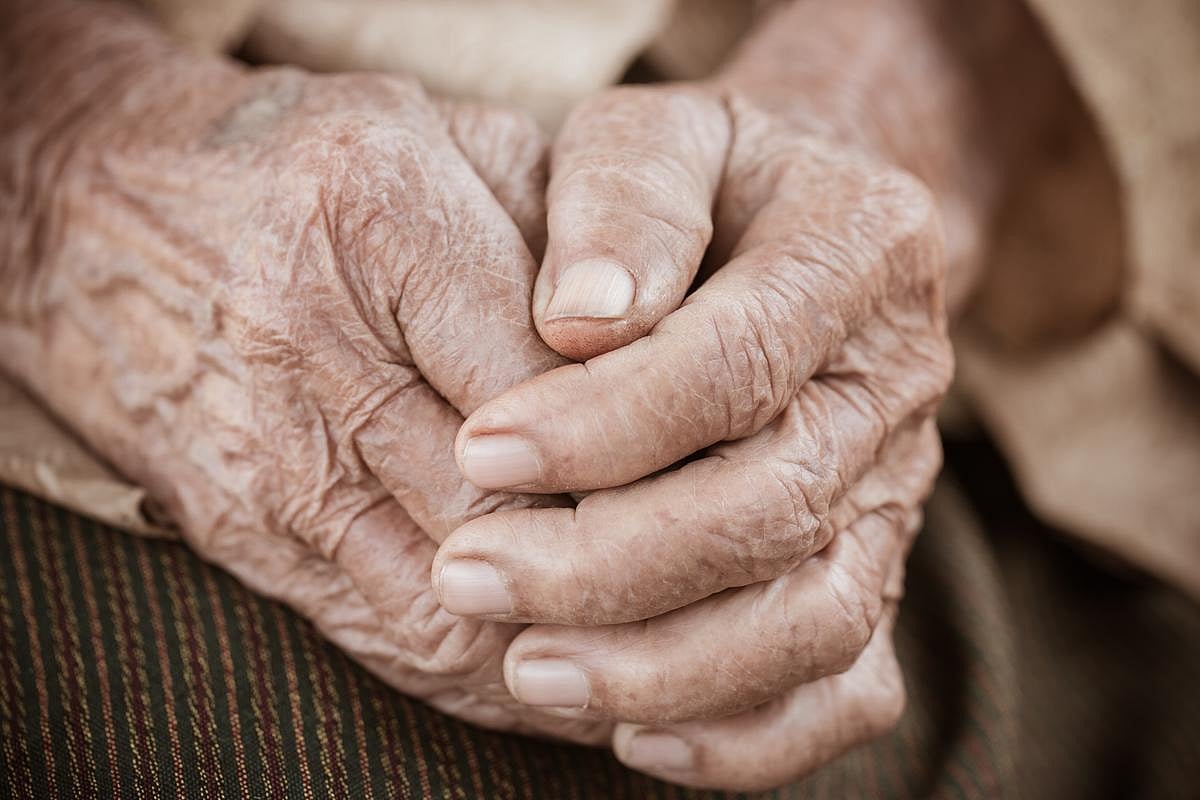Manténgase sano!

- Dennis Thompson
- Posted July 24, 2025
Lab Experiments Show Why Wrinkles Form
The struggle to tame wrinkles is an age-old conflict, with people using any number of lotions, creams and treatments to try and smooth their skin.
Now, researchers say they know exactly why skin wrinkles.
“This is no longer just a theory,” senior researcher Guy German, an associate professor of biomedical engineering at Binghamton University in upstate New York, said in a news release. “We now have hard experimental evidence showing the physical mechanism behind aging.”
Lab experiments show that aging skin stretches, contracts and buckles under pressure, eventually forming wrinkles, according to findings being published in the October issue of the Journal of the Mechanical Behavior of Biomedical Materials.
Essentially, wrinkles occur when a person’s skin stretches in one direction and then contracts in the other, researchers found.
The research team gave a person’s favorite hoodie as an example. After years of wear, it will get stretched out in different places, and so will that person’s skin.
For the study, researchers stretched tiny strips of skin from people ages 16 to 91, simulating the natural forces working on skin every day.
When skin is stretched in one direction, it contracts in the other, researchers said.
But the contraction gets bigger with age, resulting in the formation of wrinkles.
“If you stretch Silly Putty for instance, it stretches horizontally, but it also shrinks in the other direction [and] it gets thinner. That's what skin does as well,” said German. “As you get older, that contraction gets bigger. And if your skin is contracted too much, it buckles. That's how wrinkles form.”
This is made worse by age-related changes in the collagen and elastin, the proteins that provide structural support within a person’s skin, researchers added.
“Things degrade a bit, and it turns out the skin stretches laterally more, which causes the actual wrinkles that form,” German said. “And the reason why that exists in the first place is that your skin is not in a stress-free state. It's actually stretched a little bit. So there are inherent forces within your skin itself, and those are the driving force towards wrinkles.”
Sun damage can contribute to skin aging too, he noted.
“If you spend your life working outside, you’re more likely to have more aged and wrinkled skin than those who are office workers, for example,” German said. “Chronological aging and photoaging give you similar results. So go and have a fab summer, but don't forget the suntan lotion – your future self will appreciate it.”
German said this research represents a “Holy Grail” to him, given the plethora of anti-aging products presented by the cosmetics industry.
“When I got into this field, that was one of my goals – can I figure out aging?” he said. “Because if I look at the TV, the radio, online, at shops, I'm being told 1,000 different things about how to improve my skin health, and I want to know what's right and what isn't. And so I thought I'd skip to the end and try and figure it out myself. “
More information
The Mayo Clinic has more on wrinkles.
SOURCE: Binghamton University, news release, July 22, 2025





